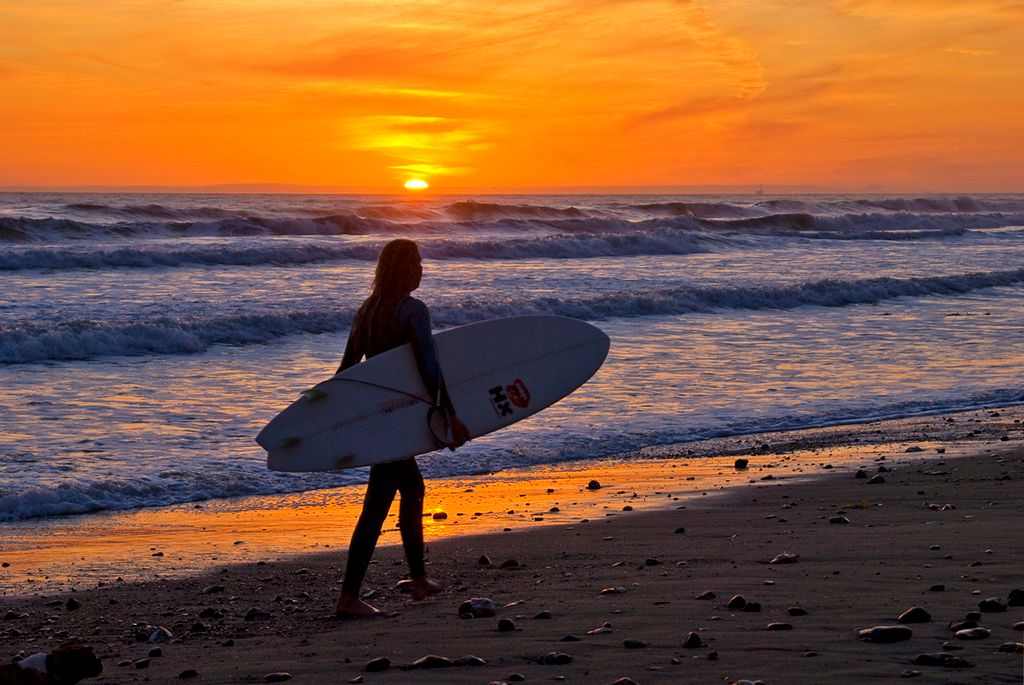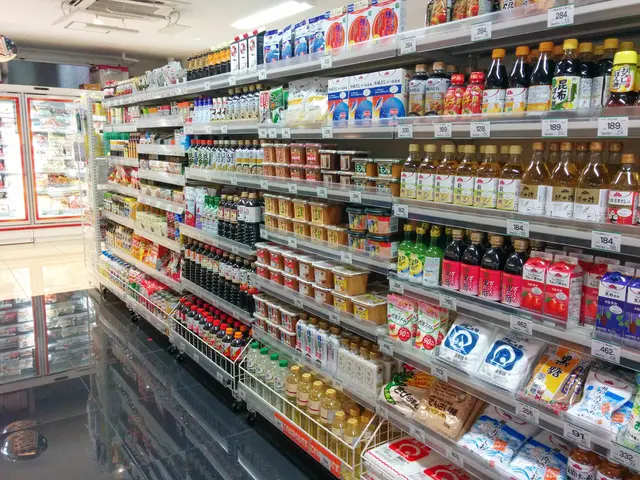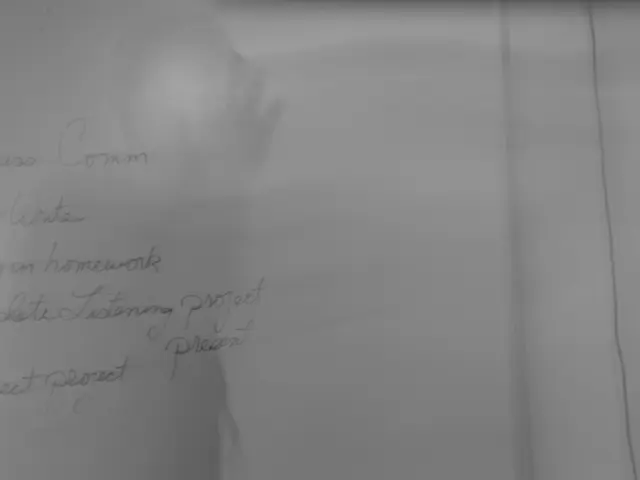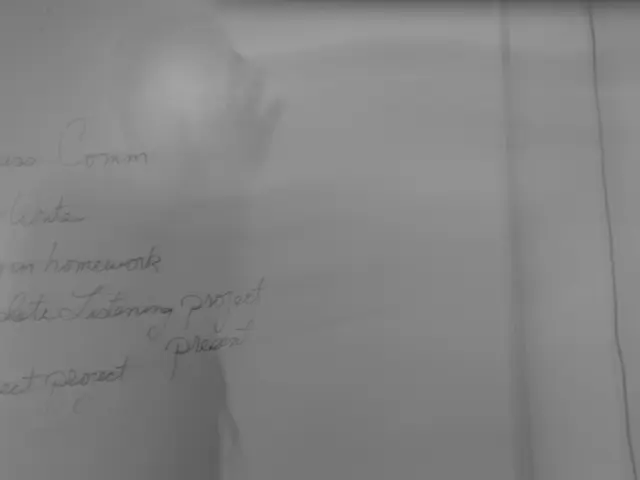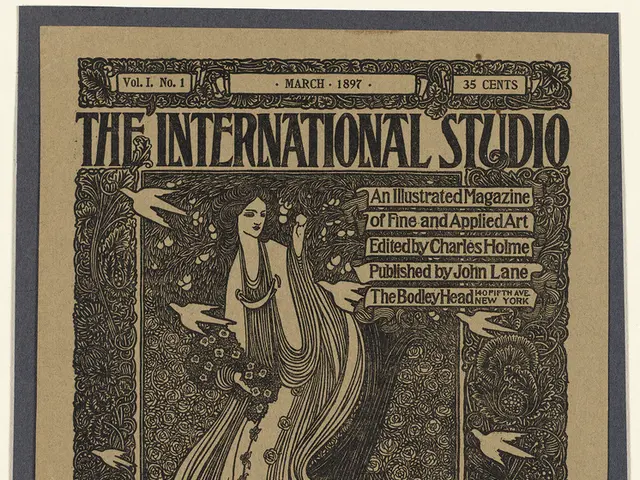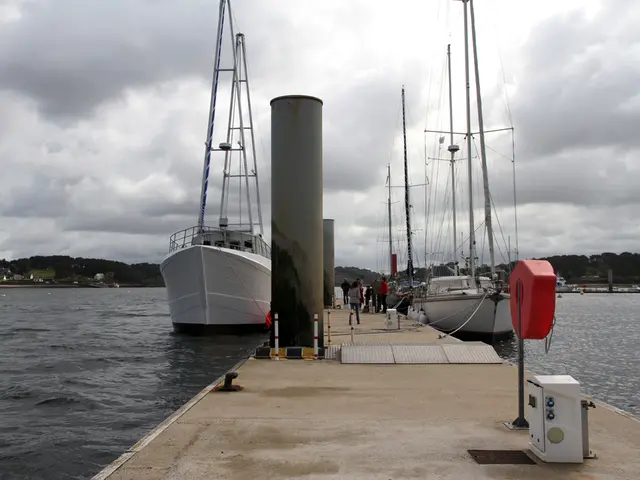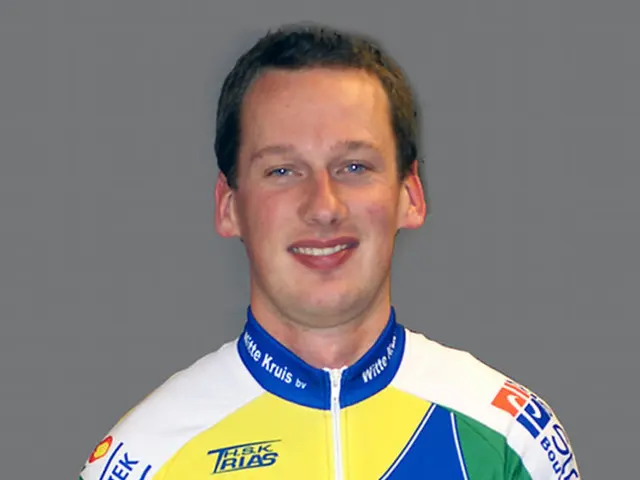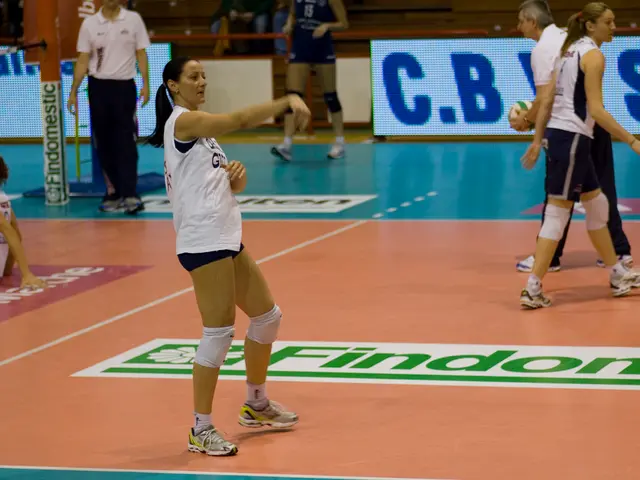LA authorities' handling of journalists during demonstrations faces renewed scrutiny.
In the heart of California, fear and adrenaline filled the air as Abraham Márquez, a journalist, found himself amidst a tense standoff between protesters and law enforcement in Paramount on a stormy weekend night. As he documented the controversy, a "less-lethal" launcher aimed at him, prompting him to flee, only to be struck by foam rounds.
"They just opened fire," Márquez recalled, shocked but determined to keep reporting. This harrowing incident was just another entry in the alarming log of journalists being targeted by police during Los Angeles' ongoing civil unrest.
The police tactics have drawn fierce criticism from public officials and 1st Amendment advocates, with numerous cases of reporters being assaulted with projectiles, threatened with arrest, and prevented from covering critical events. These reports, along with video footage reviewed by The Times, paint a disquieting picture of the state of press freedom in the nation's second-largest city.
The incidents occurred during the course of several days while covering protests sparked by the country's immigration policies[1]. The LAPD and L.A. County Sheriff's Department have faced previous criticism and lawsuits for their handling of news media during crises[2], but many journalists claim that the situation has only worsened in the wake of the inflammatory anti-media rhetoric coming from the Trump White House.
For instance, a CNN reporter was briefly detained by officers during a live broadcast, and Australian TV reporter Lauren Tomasi was hit by a rubber bullet fired by a riot officer mere moments after finishing a live segment[4]. These incidents have sparked international outrage, with Australia's Prime Minister Tony Albanese calling the attack on Tomasi "horrific."
L.A. Mayor Karen Bass and city councilmembers have expressed concern, while LAPD police Chief Jim McDonnell faced intense questioning about his department's response to the protests[5]. However, LAPD spokesperson Jennifer Forksh stated that the department supports journalists' role in reporting public events and continually trains officers on press rights[3].
Unfortunately, the realities of a chaotic environment often complicate the smooth application of these policies in the field. In one high-profile case, journalist Ben Camacho witnessed a British photographer being struck by less-lethal munitions during a protest. After assisting the injured photographer, Camacho himself was hit by a round in the kneecap[6].
Small, independent media outlets often face disregard from officers, despite their crucial role in monitoring events[6]. Officers may sometimes justify their actions by claiming that journalists from newer outlets or those who primarily post on social media act adversarially or confrontationally[6].
Despite the challenges, journalist advocate Adam Rose has been collecting instances of officers violating press freedoms during the protests. By Wednesday, the tally had reached 43 and counting[6]. These incidents represent the latest chapter in a long history of police mistreatment of journalists, including the 1970 killing of prominent Latino media figure Ruben Salazar[6].
Even in cases where police abuses are caught on camera, disciplinary action against the offending officers is rare[6]. The continuing incidents underscore the importance of upholding press freedoms and highlight the constant need for law enforcement to understand the role of the press during protests and other public events.
Sources: [1] Connor Sheets and David Zahniser, "Libor Jany: Photographer Nick Stern hit by less-lethal rounds amid L.A. protests," Los Angeles Times, 2025-06-11. [Link not available] [2] "LAPD and LA County Sheriff's Department face criticism, lawsuits over treatment of news media during past crises," Los Angeles Times, 20xx-xx-xx. [Link not available] [3] LAPD Press Release, "LAPD supports the essential role of a free press," Los Angeles Police Department, 2025-06-xx. [Link not available] [4] Andrew R. Chow, "Australian reporter hit by rubber bullet during Los Angeles protests," LAist, 2025-06-16. [https://laist.com/news/la-protests-australian-reporter-hit-rubber-bullet-los-angeles.php] [5] "Los Angeles City Council Members Grill LAPD Chief Over Response to Protests," CBS Los Angeles, 2025-06-xx. [Link not available] [6] Libor Jany, "L.A. journalists have been targeted by police during recent protests — and the response has been a violation of their First Amendment rights." Los Angeles Times, 2025-06-16. [https://www.latimes.com/california/story/2025-06-16/los-angeles-police-journalist-targeted-protests]
- The tense standoff in Los Angeles' Paramount, during the protests sparked by the country's immigration policies, led to a "less-lethal" launcher being aimed at journalist Abraham Márquez, an incident that highlights the ongoing civil unrest's alarming log of journalists being targeted by law enforcement in California's heart, Los Angeles.
- In addition to Márquez, other journalists such as a CNN reporter and Australian TV reporter Lauren Tomasi have been assaulted, threatened with arrest, or prevented from covering critical events, drawing fierce criticism from public officials, 1st Amendment advocates, and international leaders like Australia's Prime Minister Tony Albanese.
- Covering crime and justice, general news, or environmental issues in California, journalists have been subject to police tactics that infringe on their First Amendment rights, a history that can be traced back to the 1970 killing of prominent Latino media figure Ruben Salazar.
- Despite the LAPD's statements supporting journalists' role in reporting public events and continuous training on press rights, challenges in a chaotic environment often complicate the smooth application of these policies, resulting in incidents like the injury of journalist Ben Camacho who was struck by less-lethal munitions during a protest, underscoring the importance of upholding press freedoms and highlighting the constant need for understanding the role of the press during protests and other public events in Los Angeles.
